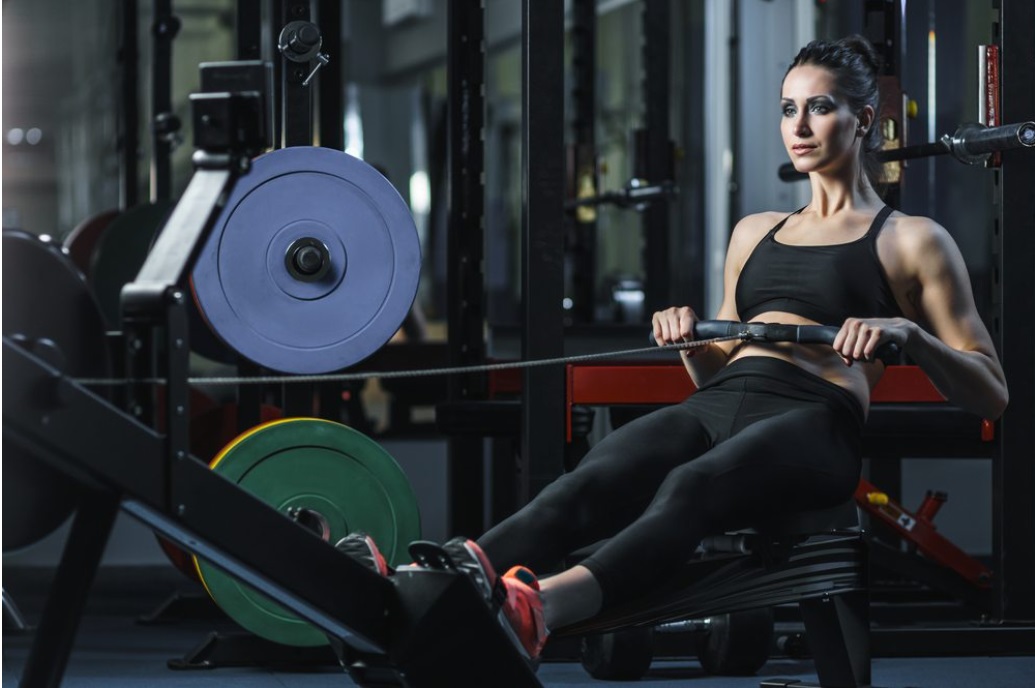Blog
How to create wire sculptures inspired by Louise Bourgeois’s “Spider”

Louise Bourgeois is a well-known French-American artist best known for her giant spider sculptures, which are homages to her mother, tapestry restorer Joséphine Fauriaux Bourgeois. “Like spiders, my mother was very clever,” Bourgeois once remarked. “Spiders are helpful and protective, just like my mother.”
This National Gallery of Art video shows how to make wire sculptures inspired by Louise Bourgeois’ Spider, an art activity inspired by her 1997-cast spider in the gallery’s northwest sculpture garden in Washington, DC.
Sculpture wire, black tissue paper, Modge Podge, a foam brush, rubber bands, and newspaper are the required materials for the project.
The Guggenheim Bilbao, which exhibits Bourgeois’ 9-meter (30-foot) tall huge spider Maman outside on its plaza, focuses on the meaning of her art, which also draws on painful childhood memories:
“Bourgeois’s spiders are highly contradictory as emblems of maternity: they suggest both protector and predator—the silk of a spider is used both to construct cocoons and to bind prey—and embody both strength and fragility.”
More on Bourgeois’ Public Delivery materials:
“She used steel and marble to create her spider sculpture.” The spider’s body was elevated above the ground by eight slender legs, allowing audiences to stroll freely beneath it.Two pieces of steel were used to make each ribbed leg. Under the spider was a wire-mesh sac containing 17 white and marble eggs.”
“Bourgeoise’s spider sculptures have always been large, but they became even larger between 1995 and 1999.” Her tallest spider installation stood around 21 feet tall and featured a spider’s body and circular head supported by eight stick-like legs. Bourgeoise created spiders in a variety of media and sizes over the years. Her tiniest spider was a 4-inch brooch, but her largest was the Maman sculpture, which stood about 30 feet tall and could only be put outside. Spiders are now synonymous with Louise Bourgeoise’s work.”
More DIY art projects can be found on the National Gallery of Art’s YouTube channel.
Wire sculpture ideas for beginners
Wire sculpture is a versatile and rewarding art form that can be enjoyed by people of all ages and skill levels. It is a relatively inexpensive hobby, as all you need is some wire and a few basic tools.
If you are a beginner, there are a few things you should keep in mind when starting out. First, choose a soft and malleable wire, such as copper or aluminum. This will make it easier to bend and shape the wire. Second, start with simple projects, such as a spiral or a heart. As you become more comfortable, you can try more challenging projects, such as animals or people.
Simple wire sculpture ideas for beginners:
Spiral: This is a classic wire sculpture that is easy to make. Simply wrap the wire around a pencil or dowel rod to create a spiral. You can then shape the spiral into a variety of shapes, such as a heart, a flower, or an animal.
Heart: This is another classic wire sculpture that is easy to make. Simply bend the wire into a heart shape. You can then decorate the heart with beads, sequins, or other embellishments.
Tree: This is a simple wire sculpture that can be made using a variety of different wires. To make a tree, simply bend the wire into a trunk and branches. You can then add leaves to the tree using smaller pieces of wire.
Flower: This is a beautiful wire sculpture that can be made using a variety of different wires. To make a flower, simply bend the wire into petals and a stem. You can then add leaves to the flower using smaller pieces of wire.
Animal: This is a more challenging wire sculpture, but it is still possible for beginners to make. To make an animal, simply bend the wire into the shape of the animal you want to create. You can then add details to the animal using smaller pieces of wire.
Once you have mastered the basics of wire sculpture, you can start to experiment with more complex projects. There are many resources available online and in libraries that can teach you how to make a variety of wire sculptures.
- Use high-quality wire. High-quality wire will be easier to work with and will produce more polished results.
- Invest in a good pair of wire cutters. A good pair of wire cutters will make it easier to cut the wire cleanly and precisely.
- Wear safety glasses. When working with wire, it is important to wear safety glasses to protect your eyes from flying debris.
- Be patient. Wire sculpture can be a challenging art form, but it is also very rewarding. Take your time and practice regularly to improve your skills.







